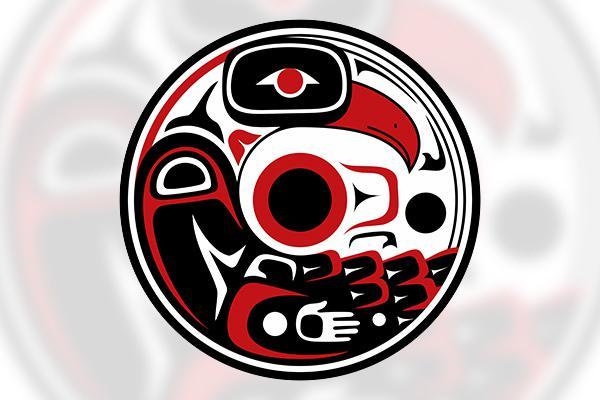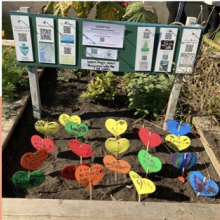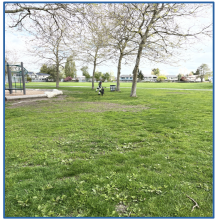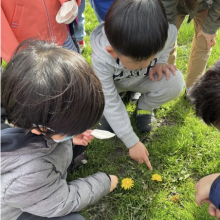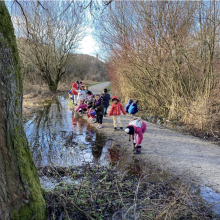The Equity in Action Project is intended to create opportunities for students with Indigenous ancestry to have greater holistic success in school. The recommendations of the project guides and highlights the importance of academic performance and stresses the integral nature of Indigenous traditional culture. The work of the district will continue to focus on providing equity for our Indigenous learners and families. This is critical in achieving our district’s commitment towards Truth and Reconciliation and our district’s strategic priorities of Inspired learners and Equity and Inclusion.
Through these guided commitments we aspire to instil pride and self-confidence, in students with Indigenous ancestry to strengthen their resilience and tenacity to work towards academic, personal, and social success.
Learning ultimately supports the well-being of the self, the family, the community, the land, the spirits, and the ancestors.
First Peoples Principles of Learning
fnesc
Why are we focusing on Aboriginal Learners?
The Richmond School District believes that an education that honours the histories, world views, and perspectives of First Peoples is important for all students and educators in our district and is key to acknowledging Truth and working towards Reconciliation with our Indigenous students, families, and all communities. We are focusing on Indigenous learners in recognition of a shared responsibility to support their success at school and see them graduate with dignity, purpose, and options.
What learning and actions are we doing?
The actions we take are guided by the goals of the Equity in Action Project which is a commitment made by a school district, local Aboriginal communities, and the Ministry of Education and Child Care, to work together to improve the success of Indigenous students. Examples of our learning and actions will be provided throughout the year.
History and significance of place
Learning About and Connecting to the Land
Understanding Reconciliation
Pagination
- Page 1
- Next page
How will we know we are making enough of a difference?
Our learning connected to the Equity in Action Project is committed to follow the process of continuous improvement through spirals of Inquiry. In addition, we are committed in utilizing quantitative and qualitative data in informing our work to ensure we are achieving Indigenous and non-Indigenous student success. We will know we are making a difference when we witness students with Indigenous ancestry and their families experiencing a connection to their community, schools, and educational goals. In addition, our non-Indigenous learners will learn the truth and engage in learning that enhances their understanding, empathy and appreciation for equity and reconciliation. Our strongest indicator of success will be when all Indigenous learners successfully complete secondary school and graduate with dignity, purpose, and options. Examples of how we are making a difference will be provided at key points in the school year.

Integrating Indigenous Plant Knowledge
Meaningful Engagement with Truth and Reconciliation
Equity Scan Update
Pagination
- Page 1
- Next page
